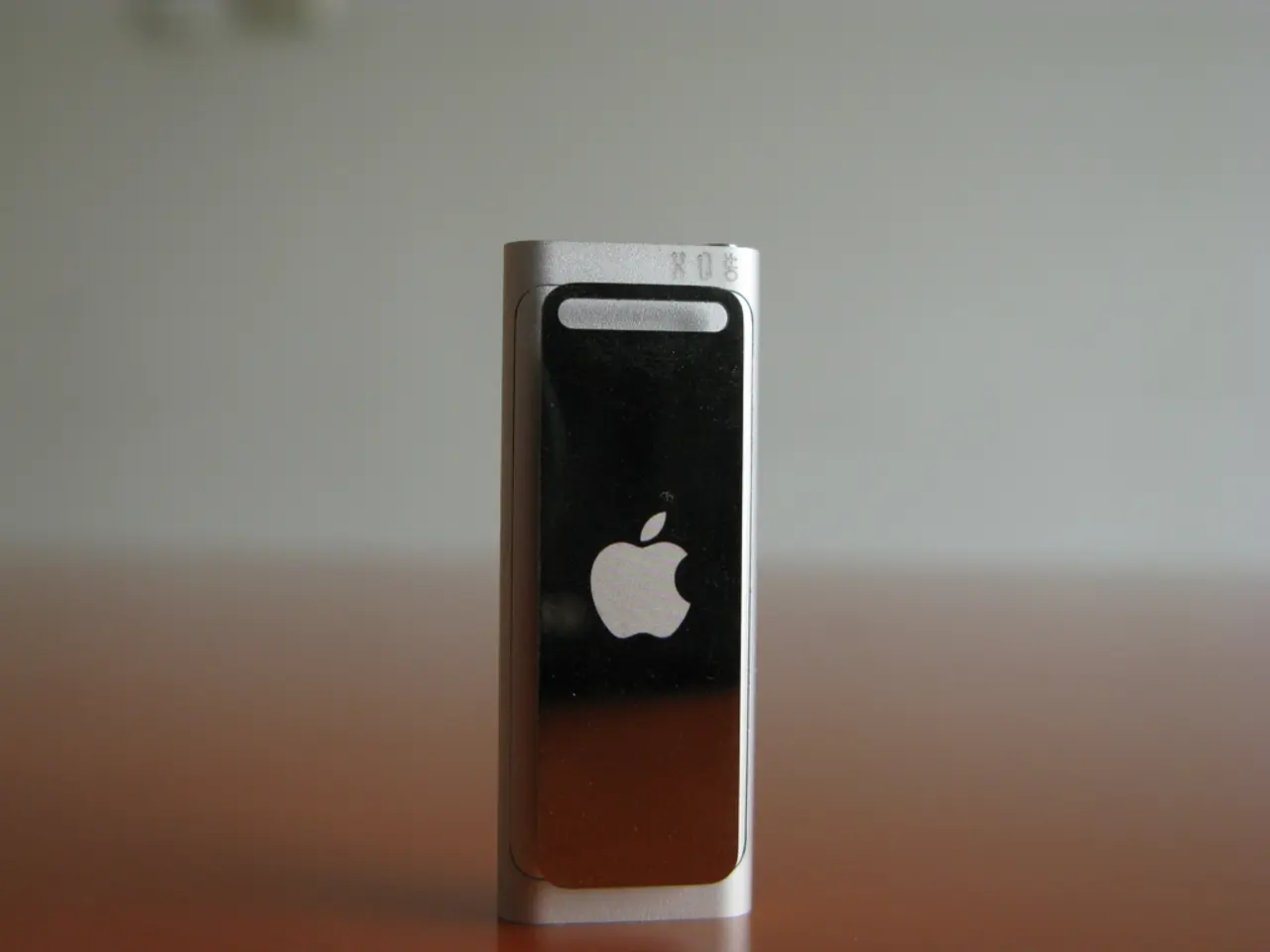"A cutting-edge cyberdeck, boasting dual rotating touchscreens, runs on the Raspberry Pi 5"
Building a dual-screen, 3D-printed cyberdeck with a Raspberry Pi 4 or 5 is an exciting project for DIY enthusiasts. Here's a step-by-step guide to help you assemble and customise your cyberdeck.
Design and 3D Printing
- Design Selection: Choose designs that are compatible with your Raspberry Pi model. Opt for designs that include 3D-printed enclosures and buttons, often using snap-fit mechanisms to minimise the need for screws. Ensure the design supports dual rotating screens, which can be used in portrait or landscape mode.
- 3D Printing: Use an FDM (Fused Deposition Modeling) 3D printer for the enclosures and buttons, as they are designed to be printed with FDM technology. Adjust printer settings for optimal print quality and speed. Typical settings include layer height, infill density, and support material if needed.
Assembly
- Hardware Components: Assemble the enclosure using snap-fit mechanisms where possible. Install the Raspberry Pi, displays, and internal USB hub. Connect the displays to the Raspberry Pi and configure the system.
Customisation
- Customisation Options: Add programmable buttons and potentiometers for custom controls. These can be connected to the Raspberry Pi via GPIO pins. Use external GPIO headers to integrate sensors for various applications.
- Software Configuration: Install a suitable OS on the Raspberry Pi (e.g., Raspberry Pi OS) and configure it for your displays and peripherals. Write custom code to control your cyberdeck's features, such as button functions and sensor integration.
Compatible 3D Printers
Most FDM printers can print the required components, but consider printers with high precision and large build volumes for ease of printing. Examples include Prusa i3, Creality Ender 3, and Monoprice Maker Select.
Tips and Resources
- Utilize open-source documentation and design files available on platforms like GitHub to replicate and modify the cyberdeck.
- Engage with DIY communities on platforms like Instructables and TikTok for additional tips and build guides.
By following these steps and utilizing the resources available, you can successfully assemble and customize a dual-screen, 3D-printed cyberdeck powered by a Raspberry Pi. The cyberdeck's screens are touchscreens and measure 9 inches across. The software for the cyberdeck is available on GitHub, and the project was designed by Sector 07 and is open source. The cyberdeck has external access to I2C and GPIO pins, and it features a 3D-printed body that can be printed at home.
- With your chosen design, ensure it accommodates both smartphones and gadgets, as these devices can be integrated into the dual-screen design for additional functionality.
- To enhance the cyberdeck's functionality, consider using a smartphone as a third screen, allowing for seamless multitasking and increased versatility in your projects.




